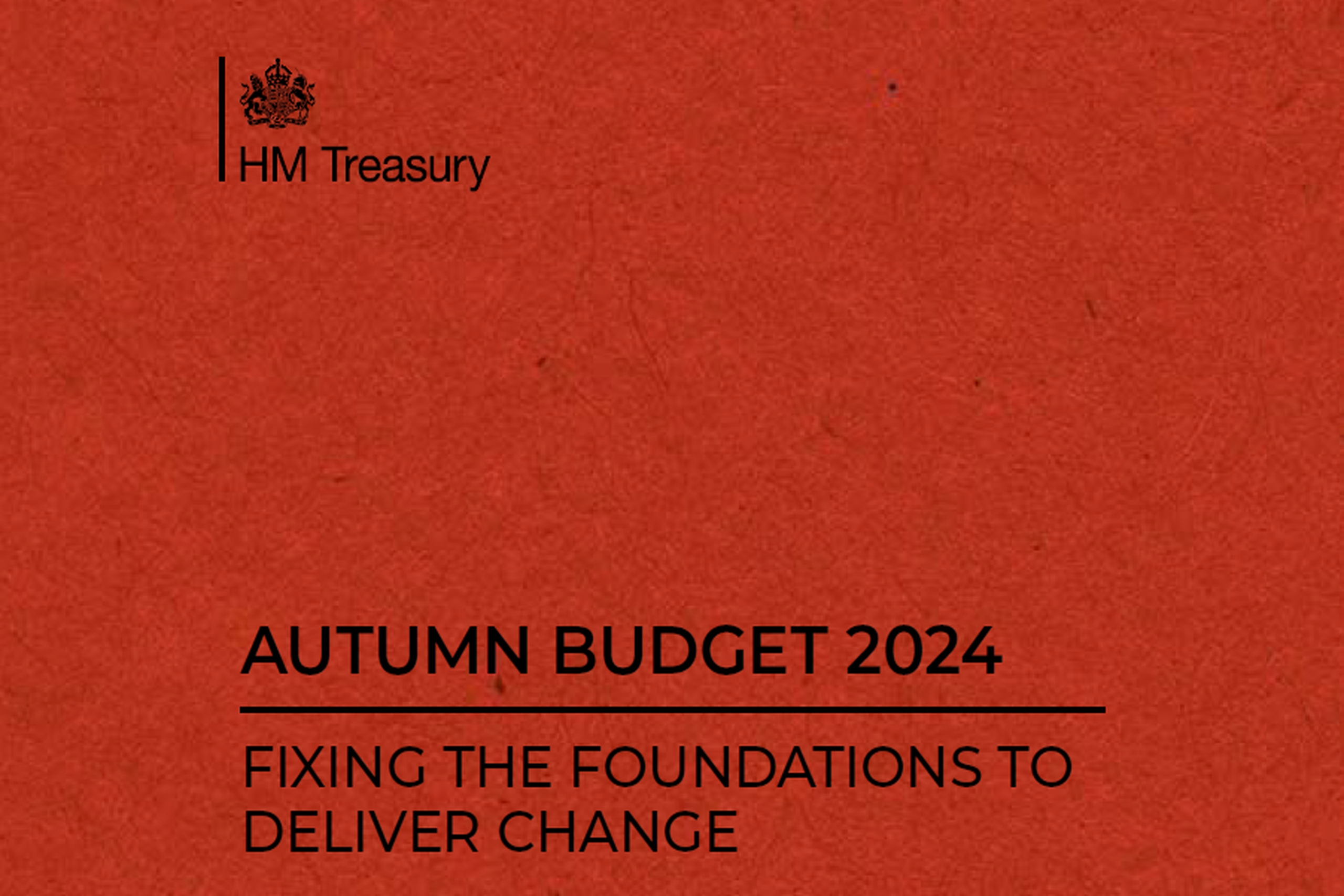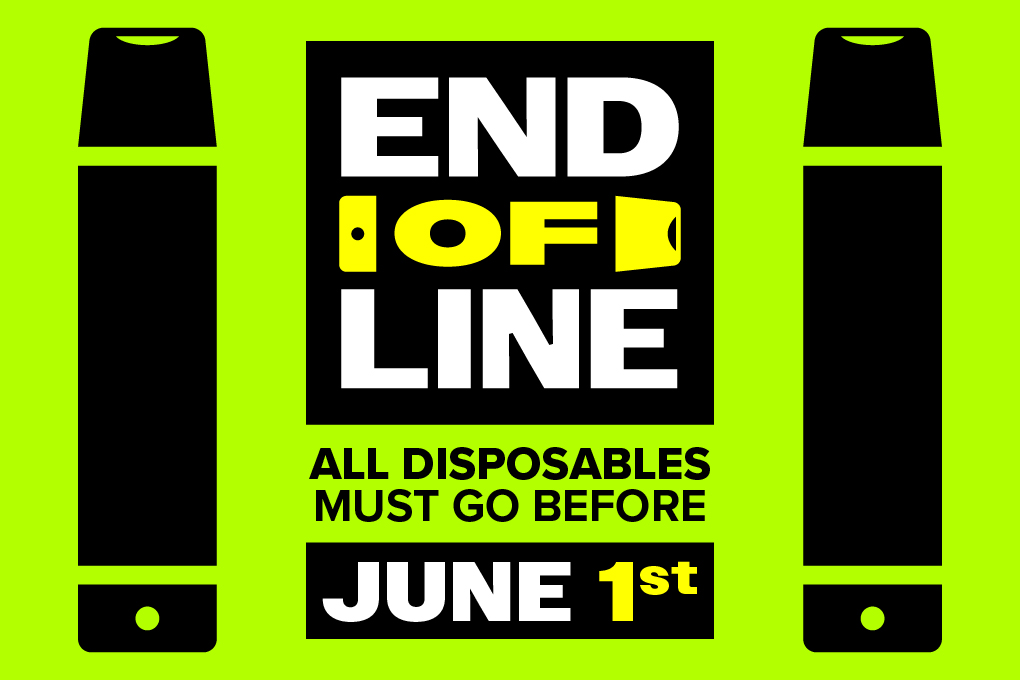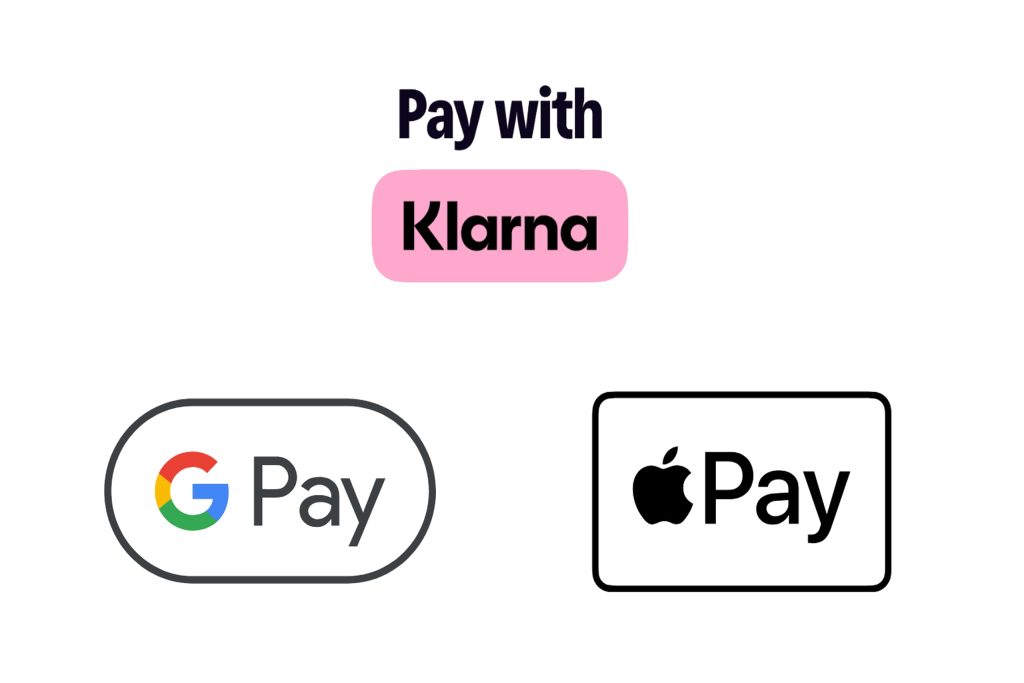Ultimate Juice Blog
How the 2024 Autumn Budget Impacts Vapers

The Vaping Autumn Budget 2024 has introduced significant changes for vapers and the industry, setting a new excise duty of £2.20 per 10ml of vaping liquid starting October 2026. This move aims to balance public health priorities with fair taxation on vaping products, aligning them more closely with traditional tobacco. For vapers, retailers, and manufacturers, this budget update has big implications—ranging from price changes to industry shifts and health policy impacts. Here’s what to expect and how these new measures could reshape the vaping landscape in the UK.
1. Background and Purpose of Vaping Policy Changes
The UK government, as outlined in the Autumn Budget 2024, aims to align vaping product regulation with that of traditional tobacco products. This approach reflects a commitment to public health and tax fairness, discouraging smoking while ensuring that vaping products are both available to adult consumers and taxed appropriately. The policy is part of the broader effort to reduce smoking rates and improve public health outcomes by making traditional tobacco less accessible and more expensive while supporting harm reduction alternatives.
The introduction of a vaping tax follows increasing use of vaping as an alternative to smoking in the UK, particularly among younger adults. Health advocates have promoted vaping as a less harmful option, a stance the government recognises, but one that still requires oversight due to emerging health concerns about long-term effects. Additionally, the tax revenue generated by the new duty is intended to help fund public health initiatives and offset healthcare costs associated with smoking and related conditions.
2. Overview of Vaping Excise Duty and Tax Parity
The vaping excise duty announced in the 2024 budget will be a flat rate of £2.20 per 10ml of vaping liquid, set to take effect on 1 October 2026. This rate is expected to align more closely with the tax structure applied to traditional tobacco products. By introducing this flat rate, the government aims to strike a balance between encouraging harm reduction through vaping as a smoking alternative while addressing potential risks associated with increased vaping popularity.
Why a Flat Rate?
A flat rate simplifies the tax framework for vaping products, ensuring predictability for both consumers and industry stakeholders. Unlike ad valorem tax structures, where tax is based on the product’s price, a flat-rate duty of £2.20 per 10ml will apply uniformly to all e-liquids, regardless of their nicotine content or branding. This approach is particularly impactful for high-nicotine liquids, which are often consumed in smaller amounts due to their potency, making the tax proportionately higher for these products. Conversely, users of low-nicotine or nicotine-free liquids may find less of a price impact, allowing them continued access at a competitive cost relative to other nicotine products.
3. Objectives and Anticipated Impact on Public Health
The government’s stance on the public health implications of vaping remains cautiously supportive, promoting it as a harm reduction tool for existing smokers. However, given the rise of vaping among young adults and non-smokers, the government aims to moderate its uptake through taxation. As vaping has increasingly attracted younger users, the excise duty acts as a deterrent to underage and casual users who may start vaping without a history of smoking.
Anticipated Public Health Outcomes:
- Reduced Youth Uptake: Increased costs associated with vaping may deter young users from experimenting with vaping products, which can help prevent long-term nicotine dependence.
- Shift in Smoking Rates: By making vaping a slightly less affordable alternative to smoking, the policy might encourage some smokers to quit altogether rather than transition to vaping.
- Revenue for Public Health Programs: Tax revenue from vaping products will potentially fund anti-smoking and harm-reduction campaigns, supporting the government’s broader health initiatives.
In the budget, the government reiterates its goal of reducing smoking rates to below 5% by 2030, often referred to as the “smoke-free generation” target. While vaping is considered a tool to achieve this goal, it is clear the government intends to manage its availability carefully through taxation and regulation.
4. Implications for the Vaping Industry and Retailers
The introduction of the vaping duty has significant implications for manufacturers, retailers, and importers within the vaping industry. Unlike tobacco, where well-established brands and stable consumer demand mean a strong ability to absorb costs, the vaping market is more dynamic and has a diverse range of products and pricing.
Manufacturers and Importers
For manufacturers, the uniform duty per volume will require adjustments in pricing strategies, especially for higher-quality or niche brands targeting non-smokers or casual users. Manufacturers may also look to innovate with new products that either appeal to harm-reduction users or provide a higher value that justifies the added cost.
Cost-Benefit Impacts:
- Product Diversification: Manufacturers may pivot towards higher-margin products with specific health claims or low-nicotine content, thereby justifying the excise cost to consumers.
- Supply Chain Adjustments: With the new tax set for 2026, industry players have two years to adjust pricing, marketing, and product placement strategies to maintain competitive positioning.
Retailers and Vape Shops
Retailers, particularly small and independent vape shops, may feel a more immediate impact. For these retailers, the tax increase may challenge profitability, particularly as consumers adjust to new price structures. Since vape shops rely on a regular customer base, this duty may prompt changes such as a shift towards selling lower-nicotine products or offering more promotions to retain customer loyalty.
Sales and Customer Behavior:
- Price Sensitivity: Many consumers may reduce their purchases of high-nicotine or premium products in response to higher prices.
- Shifts to Online Purchases: Some customers may look online for better deals, potentially impacting local vape shops. Retailers may need to adopt loyalty schemes or bundle offers to counterbalance this shift.
5. Economic Impact and Revenue Projections
The vaping duty is expected to generate a notable source of tax revenue, contributing to the Treasury’s efforts to fund essential public services, particularly health. This excise duty is projected to yield significant revenue, though less than traditional tobacco duties due to the lower relative rates and anticipated lower consumption elasticity.
Revenue Projections and Distribution
- Estimated Revenue: Conservative projections suggest the vaping duty could bring in hundreds of millions annually, depending on consumer response and market adjustments.
- Revenue Use: Allocated funds are expected to support the NHS, anti-smoking initiatives, and education programs, underlining the government’s health-centric tax strategy.
The impact on the broader economy is two-fold. On one hand, the excise duty could slow growth within the vaping industry, particularly affecting small retailers. On the other hand, it may lead to positive public health outcomes, potentially reducing long-term healthcare expenditures associated with smoking and vaping-related illnesses.
6. Vaping Autumn Budget 2024 Consumer Impact and Reactions
Consumer response to the vaping duty will largely depend on individual vaping habits and income levels. For frequent users, particularly ex-smokers using high-nicotine products, the duty will increase regular expenses. Consumers who vape occasionally or use lower-nicotine options may experience a less noticeable impact on their spending.
Potential Consumer Trends:
- Reduced Consumption: Price-sensitive users may reduce consumption, especially if the cost of high-nicotine e-liquids rises significantly.
- Preference for Lower-Nicotine Options: With high-nicotine products becoming more expensive due to the flat-rate duty, lower-nicotine options may become more appealing.
- Continued Switch from Smoking to Vaping: Despite the duty, vaping remains a more affordable option than smoking. Many consumers may still prefer vaping as a lower-risk alternative to cigarettes, especially given the heavy tax burden on traditional tobacco products.
The government’s decision to implement the tax in 2026 provides a window for public education on vaping risks and benefits, which could influence consumer choices positively.
7. Comparative Analysis with International Vaping Tax Policies
The UK’s decision to tax vaping at a flat rate reflects trends seen in other nations but remains more moderate in comparison. For instance:
- Australia has implemented a comprehensive excise duty on all nicotine products, leading to some of the highest vaping costs globally.
- New Zealand has also begun taxing vaping products, but with a more progressive rate based on nicotine content, aiming to maintain vaping as a harm-reduction tool.
By opting for a flat rate, the UK government avoids disproportionately penalising lower-income users or imposing higher taxes on premium products. This strategy supports the government’s health priorities without unduly disadvantaging a specific consumer segment.
8. Policy Timeline and Future Considerations
The October 2026 implementation date allows time for public feedback, industry adjustment, and potential modification based on early impacts. The government may also assess:
- Tax Adjustments: Reviewing the tax rate periodically based on public health data and tax revenue efficacy.
- Youth Access Restrictions: The duty may be accompanied by stricter enforcement measures to curb underage vaping, building on current regulations.
- Health Impact Studies: Regular studies on vaping’s health effects may shape further tax policy to adjust for any emerging risks.
The Treasury has indicated that this policy will remain under regular review, particularly in relation to its effect on smoking rates and its role in the “smoke-free 2030” goal.
Conclusion
The Autumn Budget 2024’s introduction of an excise duty on vaping liquids marks a significant shift in the UK’s approach to vaping regulation. While aimed at creating parity with traditional tobacco products, this policy balances health goals with economic considerations, allowing the vaping industry time to adapt. For consumers, the flat-rate duty provides a relatively transparent pricing structure, albeit one that may raise costs for certain products. Ultimately, the policy reinforces the UK’s commitment to reducing smoking rates while encouraging responsible vaping as part of a broader harm reduction framework.
With careful implementation, the vaping duty could support public health objectives without compromising access to vaping products as an alternative to smoking.
Vaping Autumn Budget 2024’s FAQ’s
- What is the new vaping tax introduced in the 2024 Budget?
The 2024 Budget introduces a £2.20 per 10ml excise duty on vaping liquids, effective from October 2026, to align vaping products more closely with traditional tobacco taxes. - How will the vaping tax affect e-liquid prices?
Prices for e-liquids are expected to rise, especially for high-nicotine products, as the flat-rate duty will add a set cost regardless of nicotine content or brand. - Why is the government taxing vaping products?
The tax is part of a public health initiative to deter casual or youth vaping, while still supporting vaping as a harm-reduction tool for existing smokers. - Will this tax impact vape shops and retailers?
Yes, retailers may see changes in consumer demand as prices rise, potentially affecting sales and encouraging adjustments in product offerings. - How does the UK vaping tax compare to other countries?
The UK’s flat-rate tax is relatively moderate compared to places like Australia, where vaping products are heavily taxed, aiming to balance health concerns with consumer access.
Thank you for reading the basic overview of the Budget around Vaping if you would like to see the Government’s Publications please CLICK HERE
If you would like to read our other News Articles please CLICK HERE





